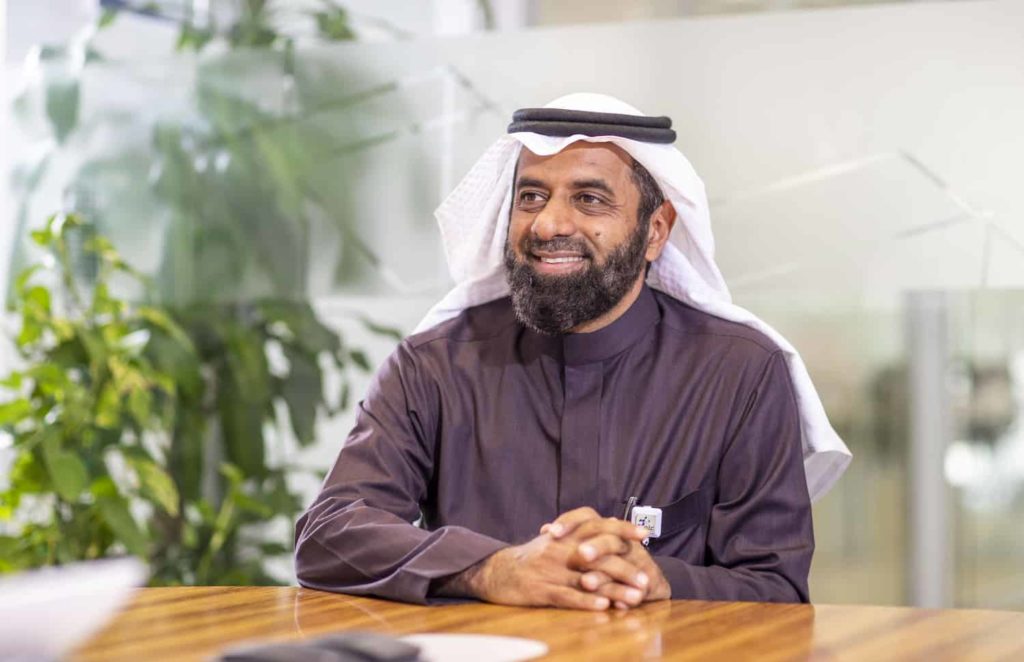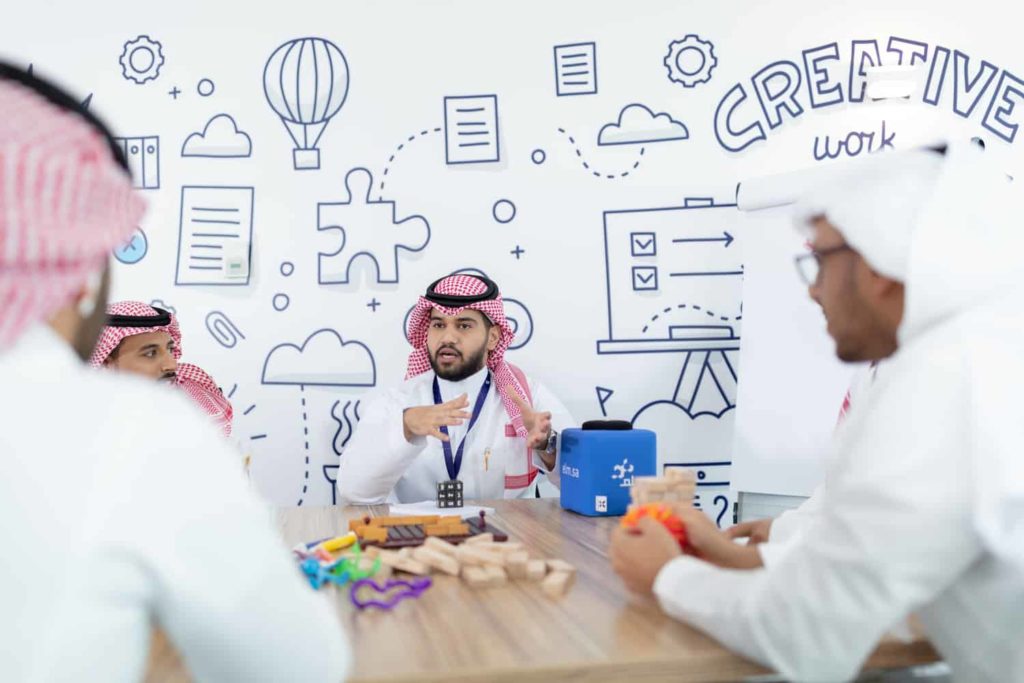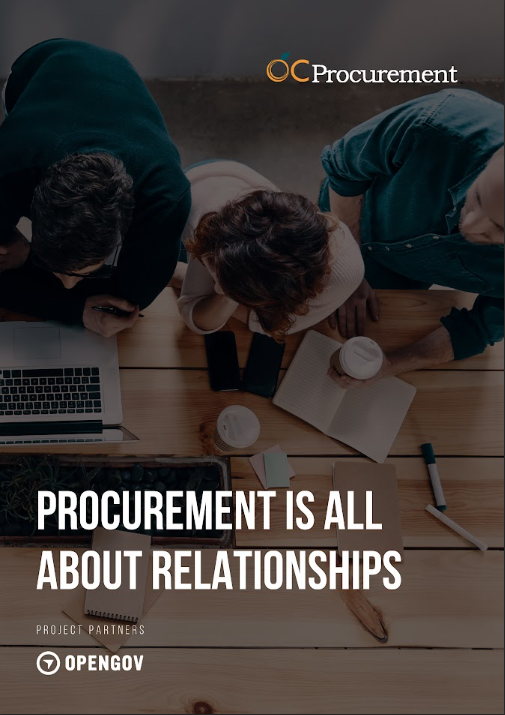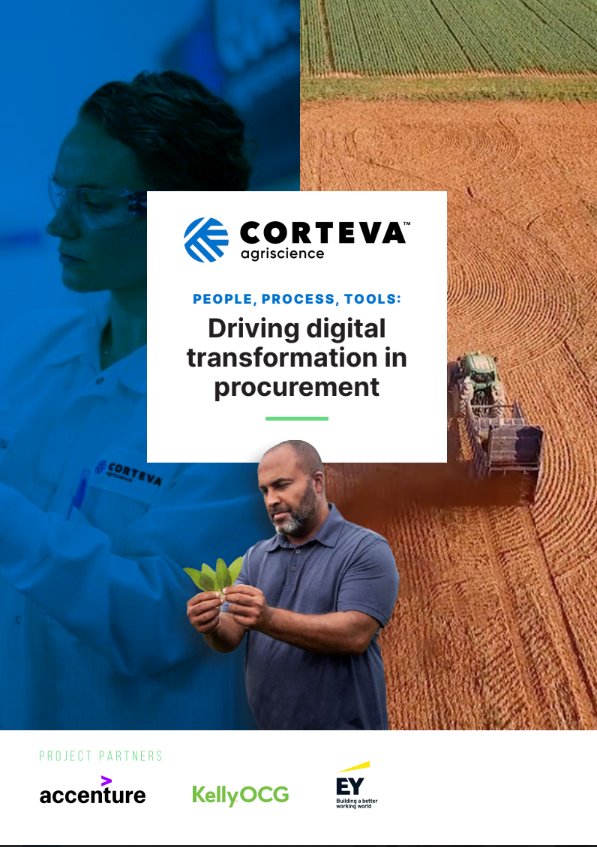What does procurement maturity mean? We often hear it spoken of as we navigate the procurement transformation discourse, but how do we define maturity? Is it through benchmarking against other procurement functions? Is it through our own strategic definitions based on our own KPIs and goals as decided through a collaborative effort from the entire c-suite? It’s a key question for any procurement practitioner and most certainly forms a core component of Elm Company’s procurement transformation journey.
Elm Company, the leading provider of innovative secure services and solutions to both public and private sectors in Saudi Arabia, is currently undergoing a significant transformation of procurement. While the journey is ongoing, it has already allowed the company to implement faster processes, enable greater agility and create a culture that unlocks true innovation and creativity across the entire organisation. As a provider of e-services, customised IT solutions, governmental support services and consultations, agility and speed are crucial to the business and procurement is the key to that.
“The game has changed,” explains Ahmed A. Alblaly, Director, Procurement and Contract. “Companies used to deal with procurement as a tool to record purchasing and do some saving. In recent years we realised that we need to change the model and the role of procurement. A lot of companies faced declines in their revenues impacting their profitability and so a procurement function based on strategic sourcing agreements and following the broader strategic roadmap of the business and truly partnering with the business is key to improving that profitability and adding true value.”

By its very nature, Elm is a truly digital company which provides digital solutions and digital services to its customers. Technical procurement makes up around 70% of procurement activity as a spend and so the transformation looks to enable agility, higher quality and better costs for both its government contracts and the private sector.
In order to achieve any form of change and growth, it’s crucial that you start at the very beginning and ensure you have the information you need in order to put the right foot forward in that first step. Alblaly spent a lot of time with the organisation identifying what they felt were pain points in the procurement process. This took the form of workshops with senior management, wider business units and external vendors and suppliers. Doing so allowed Alblaly to obtain a holistic understanding of the business and not focus solely on procurement for procurement’s sake.
“This can be broken down into three stages; Understanding the Corporate vision and goals, identifying the pain points and gaps and setting up a procurement strategy that is aligned with the corporate strategy and addressing the gaps and issues.,” he says. “There was also a key conversation as to what kind of function that we needed procurement to be for Elm? Is it just to support the business or to be a hub for our clients (as outsourced services)?
With a strategy and roadmap laid out before him, Alblaly began this transformation journey. Like many, one of the first steps was to look for and achieve quick wins as to build momentum. A pain point for Elm, prior to this journey, was cycle time. In the fast moving worlds of both public and private sector, speed with quality is everything and so Alblaly looked to improve the cycle time that would see all of the completion of all of the tendering and sourcing process end to end. Not only that, but to do so with greater visibility of the process while satisfying internal and external customers. This quick win opened the doorway to a midterm goal of overall improvement to the contracting and operating model of procurement while initiating new types of purchase orders (POs) in order to better serve the needs of procurement at Elm.

“We were trying to please our customers and our internal business in an area where they expressed a key pain point,” says Alblaly. “What we’ve managed to do is remove that pain and make it a far more enjoyable journey. Our customers can see and feel the value that procurement is providing. In fact, many of our clients outsource their procurement or sourcing to Elm as a result of this.”
Alblaly is a firm believer that buy-in, or sponsorship, form the internal and external customers is the key cornerstone of any transformation and so these “small wins” go a long way in showing them that procurement is working with them, not against them. Procurement has historically gained a reputation as a policer of spending, which we know not to be true, and so Alblaly is working with procurement to facilitate a new understanding of procurement. Procurement, and all of its processes, are here to add value, not to control requests or demand. Empowered by their trust and understanding, we found that when discussing some issues related to the improvement and proposals in procurement, the first people supporting us were people who are dealing with us on a daily basis,” he says.
“Sometimes a change is sensitive, difficult and outside of our comfort zones. We give more authority to the business and with that comes more liability. But this isn’t a case of being left alone to deal with that. The processes and model allows them to be connected to the organisation through procurement. It’s truly collaborative”
Transformations can often be dominated by talk of process, new operating models and even new technologies being put in place. But those transformation stories forget what makes the procurement function truly tick; the people. All of the greatest technologies and new ways of working are nothing without the people in place to realise the true potential. So what is Elm doing to ensure that it is bringing the people along with it in this journey, and not leaving them behind?
Alblaly speaks of the way in which Elm really cares about its resources and its employees from top to bottom and he considers them a key asset to success – something that Alblaly truly values in times of great change. “When we started this huge change in procurement we had to keep all of the employees around us, and those of our external clients and vendors, right here with us in the same boat. I think one of the challenges we faced was the fear of having more process; changing to another or a newer, more controlled, operating model,” he says. “These are the fears that we had from our employees, not just procurement. Through an awareness programme, we reached all of the employees with clear messages of why we are changing, how we are changing and what value we (and they) will gain from such changes. Today, we are in a very good position with a mature level of acceptance and buy-in of our change journey both internally and externally and it puts the organisation in a fantastic position to continue to move forward.”
Transformation and change is a journey and it is a constantly evolving one at that. While there are timelines embedded within the overall roadmap, Alblaly is quick to highlight that you cannot look at it as simply as moving from point A to point B in a set amount of time. There are far too many intricacies and complexities inside (and outside) of the procurement ecosystem for that to be possible. Unfortunately, 2020 saw one of the biggest external challenges faced by Elm and many others procurement functions the world over: the COVID19 pandemic. The disruption from the pandemic is still being felt to this day, but we have seen over the last 12 months how procurement has helped many overcome and mitigate some of these challenges, so what has Elm’s own procurement journey done for the business in this regard? “We are far more mature as a procurement function than we were three or four years ago. And we have reached a very acceptable level of maturity and satisfaction for what we’ve done,” he says. “But I am a big believer in improvement. We have to improve every time. We are welcoming and hunting for more opportunities and more challenges for better improvement. When Elon Musk, CEO of Tesla, participated and decided to invest in the spaceship business, he came up with a solution for SpaceX with a cost that was $300 million cheaper than the standard Space Shuttle. The improvement can never end. There is a space to improve things. With the pandemic, changes happened and we had to deal with them. We had to change our methodology and improve our services, because everything changed so rapidly. Unbelievable things happened last year and we needed to work with these changes and get the best results out of these dilemmas.”
Cast your mind back to early 2020 and nobody could anticipate that the world would face such a challenge. The role of procurement for Elm was very important in order to maintain the spend in each organisation, to keep the cash flow and to participate in major analysis and health checks for all internal and external activities. Like many, Elm found itself looking at spend as either a cost centre or profit centre, determining which spend it had to keep to maintain its corporate activities. This can be, and was, a difficult process of having to consider which spend Elm needed to adapt, which projects it could spend more and invest in, and which projects it would have to slow, or even, stop the spend. It’s here where the work Elm has achieved as part of its transformation journey allowed it to get through what could have been, and indeed was, a difficult time.
“These things cannot be decided very easily unless you have a collaborative effort from all of the areas of the business,” he says. “Because of our process and our model, we were able to work with our vendors and clients in order to identify and outline the best way forward for all involved.In many ways, it opened the door for more opportunities. We played a key role in the distribution of the COVID19 vaccination project and were central players in mass testing projects across the Kingdom. These are projects that we can feel the true value of what Elm is as a business, not just as procurement. Being seen as a driver of activities that brought real value for people within Saudi Arabia and sometimes outside, during the pandemic, shows that what we do as a business and how we do it goes far beyond improving our bottom line or focusing on cash flow.”
As a procurement function, partnerships and the supplier relationship model can be the ultimate deciding factor when it comes to success and successful outcomes. For Elm, the strategic relationships it had in place with its strategic partners long before the pandemic were a testament to the value it placed in those partners. As the pandemic hit and attention turned towards unique challenges with a varying degree of complexity, Alblaly knew that he and Elm could depend on these partners to go above and beyond in order to deliver.
“We worked together with the Saudi Ministry of Health and our partners to prepare, for example, the vaccination centers across Saudi Arabia. This required a 24 hours workdah from all the resources in this project, including the procurement, in order to maintain the needs and the demands of these centres,” he says. “When the call went out for these centers to be built, there were a matter of days to build it, to prepare it, to hire people and to provide the supply chain necessary in order to run these vaccination and test centres,” he explains.
“I’m incredibly proud that, together with our customers and partners, we could achieve this. All these activities were done with alignment and partnership with our partners in a very short time in a very tough environment. This alignment, and the success, would not have been possible without the work we have been doing to foster and maintain those strategic relationships. What we achieved now, will act as a catalyst for future successes.”
As Elm, and the world, navigates its way out of this pandemic and into the new normal it can do so with a manner of confidence in its own abilities. The procurement journey has, perhaps, faced its biggest test, and so the future looks to be one of hope for the business as it continues its procurement transformation. Key lessons have been learned from the pandemic around data and the role it plays in risk management and compliance, remote working conditions and how we communicate both internally and externally in a world where face to face engagement has been limited. So what does the future hold for Elm and how has the last 12 months shaped and reshaped its procurement roadmap? “With the pandemic, everything changed and so what we are targeting overall in the end is to reap the benefits of these changes. We are adopting now, for example, remote working as an option for the business (and maybe permanently in the future as a way of work), which is now made possible thanks to the changes we’ve made this last year,” he says. “There’s also the digitisation angle, which is something that was on the radar prior to the pandemic, but has of course accelerated during it. So, we’re trying to increase the level of the digital communication and processes with our vendors and clients.
“But I guess the main goal from all of this is agility and flexibility. We see that we can improve and adjust our operating model to quickly react and adopt any changes in the future. As I mentioned before, there’s always room to improve and to challenge your thinking. That’s the key to realising new opportunities for both procurement and for the wider business.”









